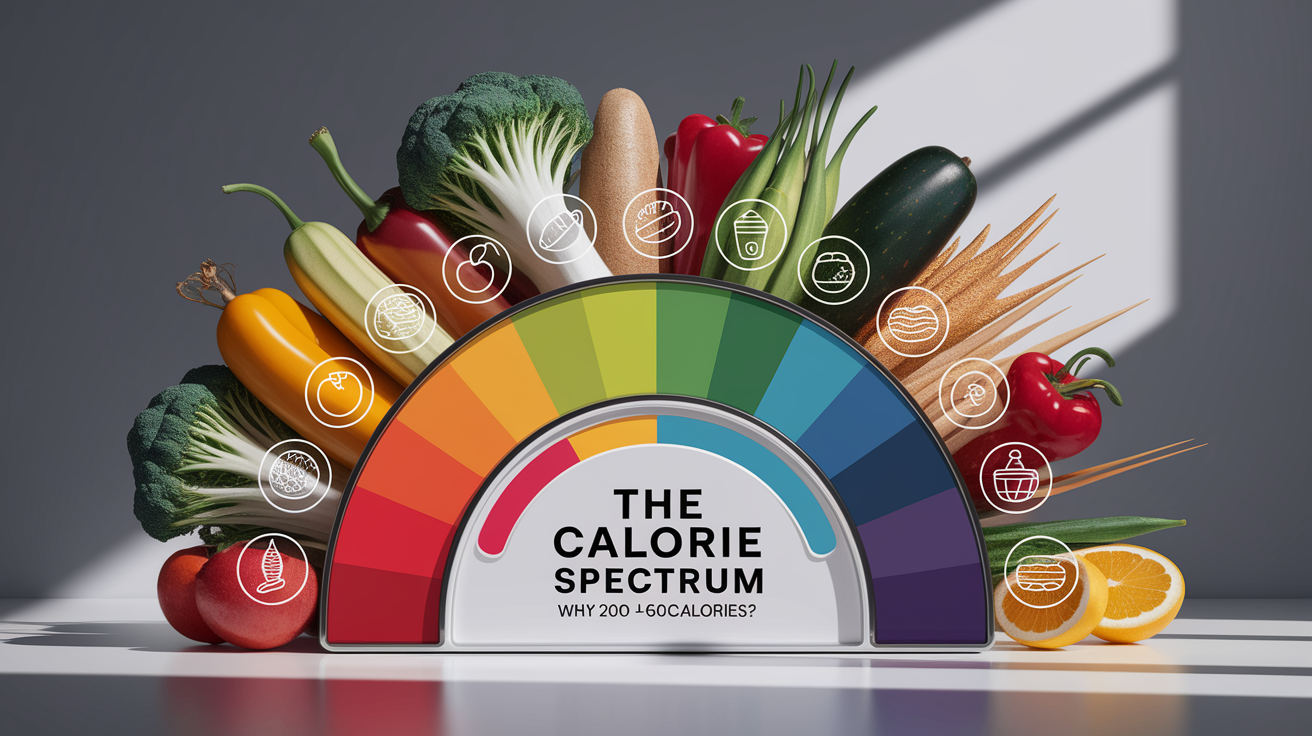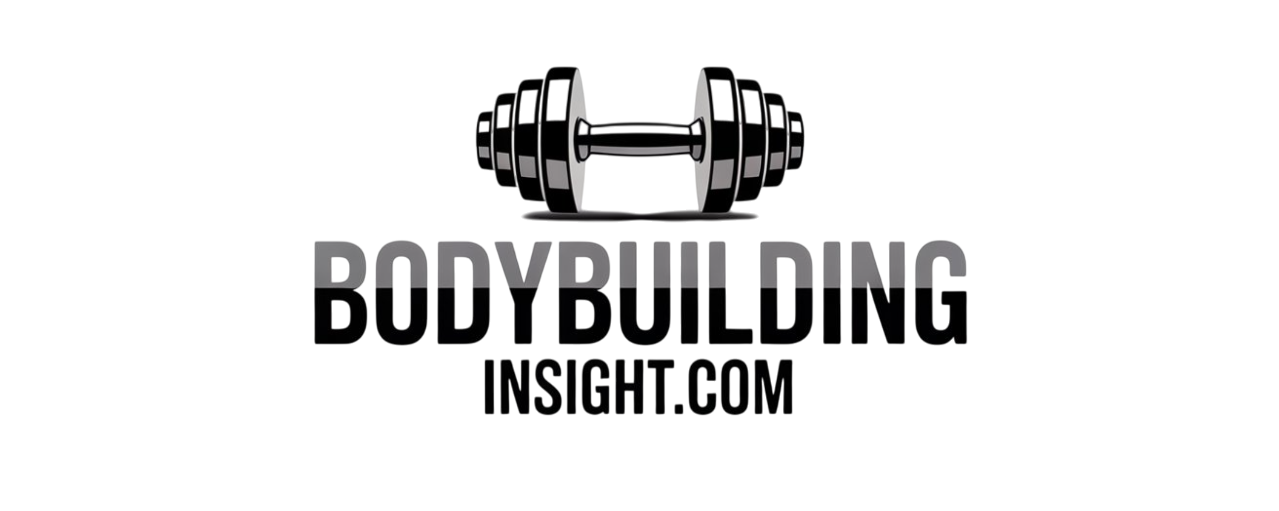Muscle Work: Estimating Calories Burned in Weight Lifting Workouts
First Reps: Your Calorie Burn Answer Right off the Barbell
Weight lifting is more than just building strength and muscle mass—it’s also a legitimate tool for calorie expenditure. On average, a typical weight lifting workout can burn anywhere from 200 to 600 calories per hour. If you’re training for 30 minutes, expect that number to roughly halve, leaving you with a range of about 100 to 300 calories burned. This is not an exact science, but a realistic framework grounded in exercise physiology.

This range depends largely on intensity, exercise selection, and your body weight. Compound lifts like squats and deadlifts ask your body to recruit multiple muscle groups and will burn more calories compared to isolation exercises such as bicep curls. The key takeaway: the harder and more efficiently you train, the more energy you expend.
The Calorie Spectrum: Why 200 to 600 Calories?
The broad 200–600 calorie range comes from multiple variables: workout pace, exercise type, training volume, and rest periods between sets. A slow, light session with long breaks will be closer to the lower end. In contrast, a high-intensity resistance training session—incorporating multi-joint lifts with short rests—pushes your heart rate higher and drives calorie burn upward.

- Lower range (200–350 calories/hour): Low intensity, longer rests, isolation movements, smaller muscle group focus.
- Mid range (350–500 calories/hour): Moderate intensity, balanced use of compound and isolation lifts, average rest durations.
- Upper range (500–600+ calories/hour): High intensity, heavy compound lifts, short rest intervals, whole-body workouts.
Crunching the Numbers: METs and Calorie Estimates
Energy expenditure is often expressed in terms of MET values—Metabolic Equivalents of Task—which measure the cost of an activity relative to resting. Moderate weight training comes in at about 3.5 METs, while vigorous powerlifting or bodybuilding-style training can reach 6.0 METs.

The calculation looks like this: Calories burned = MET x body weight (in kg) x duration (in hours). For example, a 75 kg lifter training at 4 METs for one hour would burn roughly 300 calories. You can explore detailed data and formulas using resources like MET guidelines for strength training or interactive tools such as the weight lifting calorie calculator.
Weighing In: Key Factors That Shift Your Calorie Burn
Your calorie expenditure in a strength training session fluctuates due to several key factors:
- Body Weight: Heavier individuals burn more calories doing the same workout because more mass requires more energy movement.
- Workout Intensity: Training closer to failure (RPE 8–9) with heavy loads or shorter rests drives up energy expenditure.
- Exercise Selection: Compound exercises like squats, deadlifts, and lunges can burn substantially more than isolation lifts (source).
- Rest Periods: Shorter rest keeps the heart rate elevated, increasing metabolic demand.
- Volume & Duration: More sets and reps sustained over longer workouts contribute to higher total burn.
Lifting vs. Cardio: A Minute-by-Minute Comparison
When compared minute-for-minute, weight lifting typically burns fewer calories than steady-state cardio. General resistance training averages around 4 calories per minute. By contrast, brisk walking hits approximately 6 calories per minute, and jogging can double that. However, muscle built through strength training increases your basal metabolic rate, meaning you’ll burn more calories even at rest.
According to research comparing lifting and cardio, over time this added muscle mass can elevate your resting metabolism by around 5%. When long-term results are the goal, this metabolic advantage adds up—benefiting total daily energy expenditure far beyond your workout window.
Beyond the Bar: The Afterburn and Metabolic Lift
One unique benefit of weight lifting is the EPOC effect—Excess Post-exercise Oxygen Consumption. After intense resistance training, your body continues burning calories as it repairs muscle tissue, replenishes energy stores, and restores hormone levels. This “afterburn” can last for several hours post-workout, adding meaningful calorie expenditure to your total.
While the EPOC effect’s calorie contribution isn’t massive—often in the realm of 5–10% of your workout burn—it compounds with increased muscle mass. Muscle tissue is metabolically active, and the more you have, the more calories you burn throughout the day. That’s why muscle building remains a cornerstone for long-term calorie control and physique improvement.
Racked Up Results: Summing Up Your Calorie Burn
So how many calories does your lifting session burn? If you’re pushing hard with compound lifts and minimal rest, expect to be closer to the upper end of the 200–600 calorie spectrum per hour. If your training is lighter or more isolated, you’ll land toward the lower end. Calculation tools using MET values can help you dial in a more precise estimate based on your body weight and workout specifics.
More important than the exact number is the sustainable, long-term benefit. Strength training not only burns calories during the session, it elevates metabolism afterward and builds muscle that keeps your energy expenditure higher 24/7. That’s the science-backed path: Strength through science, results through discipline. Lift with intent, fuel with purpose, recover with patience—and the calorie burn will be just one of many rewards along your journey.







